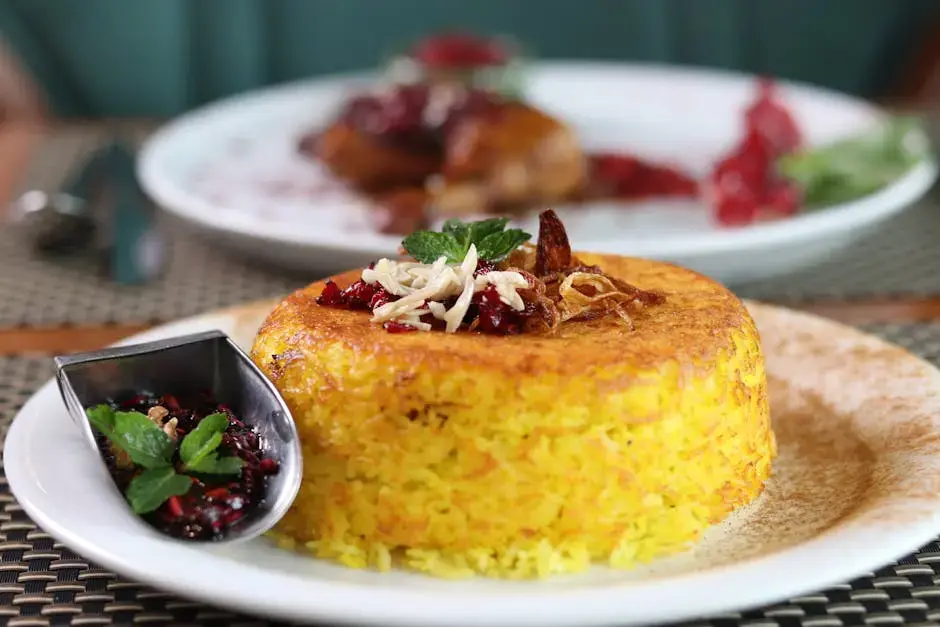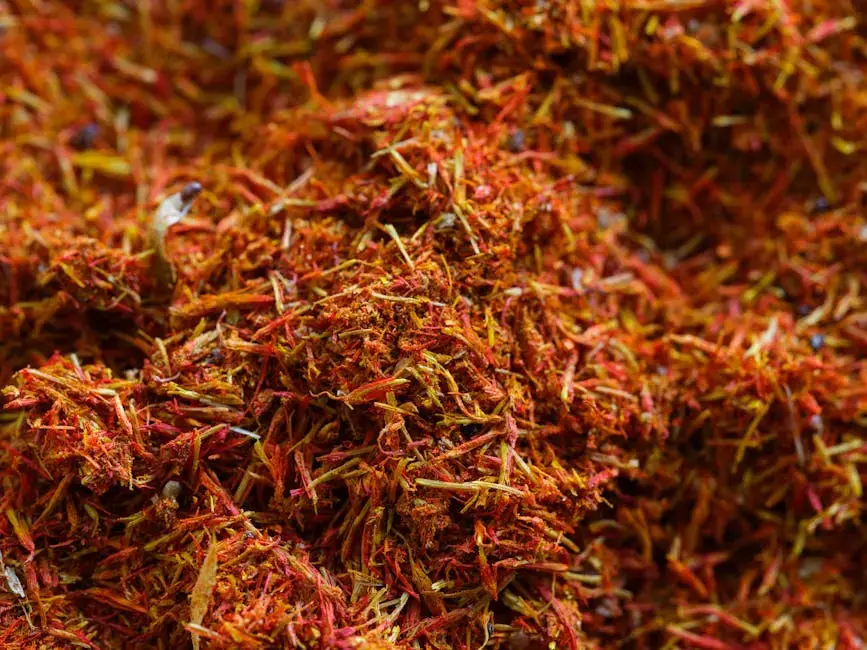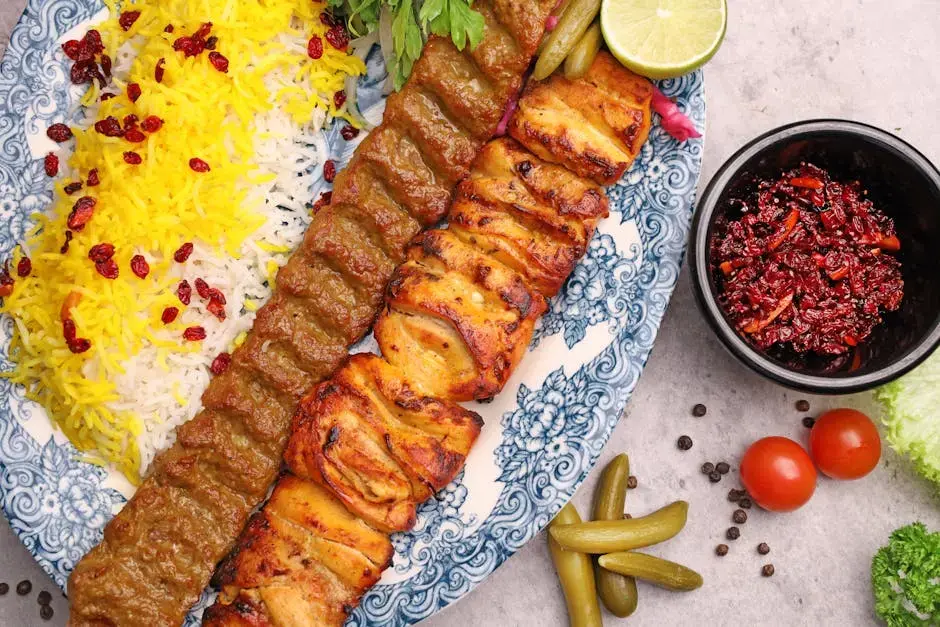How Do Persian Appetizers Differ From Mediterranean Ones?
- Chelo
- Apr 11
- 4 min read
Persian and Mediterranean cuisines are famous for their rich flavors and diverse selection of appetizers. While they share some similarities, each has unique characteristics that set them apart. In this article, we'll explore how these two culinary traditions differ, especially when it comes to appetizers.

Origin and Cultural Influence
Persian and Mediterranean cuisines have different historical and cultural backgrounds that influence their appetizers. Persian appetizers are deeply rooted in ancient Persian traditions, reflecting influences from neighboring regions like India and Central Asia. In contrast, Mediterranean appetizers are shaped by a mix of cultures spanning Southern Europe, North Africa, and the Middle East.
The cultural tapestry of Persia is rich with influences from its varied history, which includes periods of conquests and exchanges with other regions. This is evident in the spices and cooking methods used in the Persian culinary tradition. For instance, the use of saffron, known for its luxurious aroma and vibrant color, is a hallmark of Persian cooking and a contrast to the simpler spice palate of the Mediterranean food culture.
Mediterranean cuisine, by comparison, is a fusion that emerges from the trade routes that historically connected the countries bordering the Mediterranean Sea. This exposure to various influences is reflected in the fusion-style ingredients found in Mediterranean appetizers. The area’s proximity to the sea leads to a diet prominently featuring seafood, such as the octopus in Greek Meze or Sardines in a Spanish tapas platter Mediterranean Sea diets.
Key Ingredients
The ingredients commonly used in Persian appetizers include nuts, fresh herbs, and a variety of spices such as saffron and turmeric. Mediterranean appetizers, however, often rely on olives, olive oil, tomatoes, and feta cheese. These ingredients contribute significantly to the flavor profile of each region's appetizers.
One mustn't overlook the centrality of pistachios and pomegranates in Persian snacks, which provide a delightful balance of textures and flavors. These ingredients contribute not only to the taste but are also significant due to their symbolic meaning in Persian culture, representing happiness and bringing color to dishes Persian flavors.
In Mediterranean appetizers, the prominence of olive oil cannot be overstated. It serves as the backbone, enriching simple vegetables and enhancing the depth of flavors in dips and spreads. The use of citrus as a balancing agent is another defining characteristic of this region's starters, highlighting a commitment to fresh and vibrant flavor profiles Olive oil in Mediterranean cuisine.
Cooking Techniques
Persian appetizers often involve grilling or slow-cooking to enhance the flavors of the ingredients, with practices like marination playing a critical role. On the other hand, Mediterranean appetizers frequently feature fresh and raw preparations, focusing on simple techniques that celebrate the freshness of the produce used.
Grilling is not only a popular cooking method but also an art in Persian culinary practice. Take for example the preparation of kebabs, which are meticulously marinated and then grilled to perfection on skewers. This method ensures that the meat retains its juices and absorbs a delightful smoky flavor Kebab marination process.
In contrast, Mediterranean cuisine leans heavily on methods that preserve the natural colors and flavors of the ingredients. Techniques such as bruschetta preparation, where freshly chopped tomatoes are mixed with basil and served atop toasted bread, demonstrate the simplicity yet effectiveness of their cooking methods in highlighting fresh produce.
Popular Dishes
Some popular Persian appetizers include dishes such as 'Kuku Sabzi,' a vibrant herb frittata, and 'Mirza Ghasemi,' a smoked eggplant dip. Mediterranean appetizers often include items like 'Tzatziki,' a yogurt and cucumber dip, and 'Bruschetta,' toasted bread topped with tomatoes and basil.
The vibrant colors and rich flavors of dishes like 'Sabzi Khordan,' a platter of assorted fresh herbs, hearken back to the centrality of greenery in Persian cuisine, not just for their health benefits, but also for their symbolic meanings of prosperity and rejuvenation Persian herb platters.
Mediterranean cuisine boasts dishes like 'Dolma,' where grape leaves are rolled with rice and spices, offering a bite-sized package of herbal and citrusy notes. 'Calamari,' another favorite, showcases the marine bounty of the Mediterranean coast and serves as a testament to the region’s integration of seafood into their daily cuisine Mediterranean Seafood Recipes.
Presentation and Serving Style
Persian appetizers are traditionally served as part of a larger spread, inviting communal dining experiences. They often appear in elaborate presentations that emphasize hospitality. In contrast, Mediterranean appetizers can be served as small plates or tapas, encouraging a more casual dining style where sharing is common.
In Persian dining traditions, the setting of the table is just as important as the meal itself. Silk tablecloths and fine chinaware are often used, illustrating an air of grandeur and emphasizing the cultural importance of gathering around food. This extravagant presentation style is both inviting and honoring to the guests Persian dining style.
The informal and relaxed style of Mediterranean dining is complemented by its serving style. Meals are often served in shared platters with an assortment of bite-sized portions, allowing diners to enjoy a variety of flavors and encouraging social interaction. This reflects a lifestyle that values community and leisurely enjoyment over mealtime Dining in Mediterranean culture.
Embrace the Diversity of Flavors
Understanding the differences between Persian and Mediterranean appetizers not only enriches our culinary knowledge but also enhances our appreciation for these distinct cuisines. Whether you're a food enthusiast or simply enjoy expanding your palate, these insights can help you navigate and enjoy the world of flavors both regions have to offer.




Comments